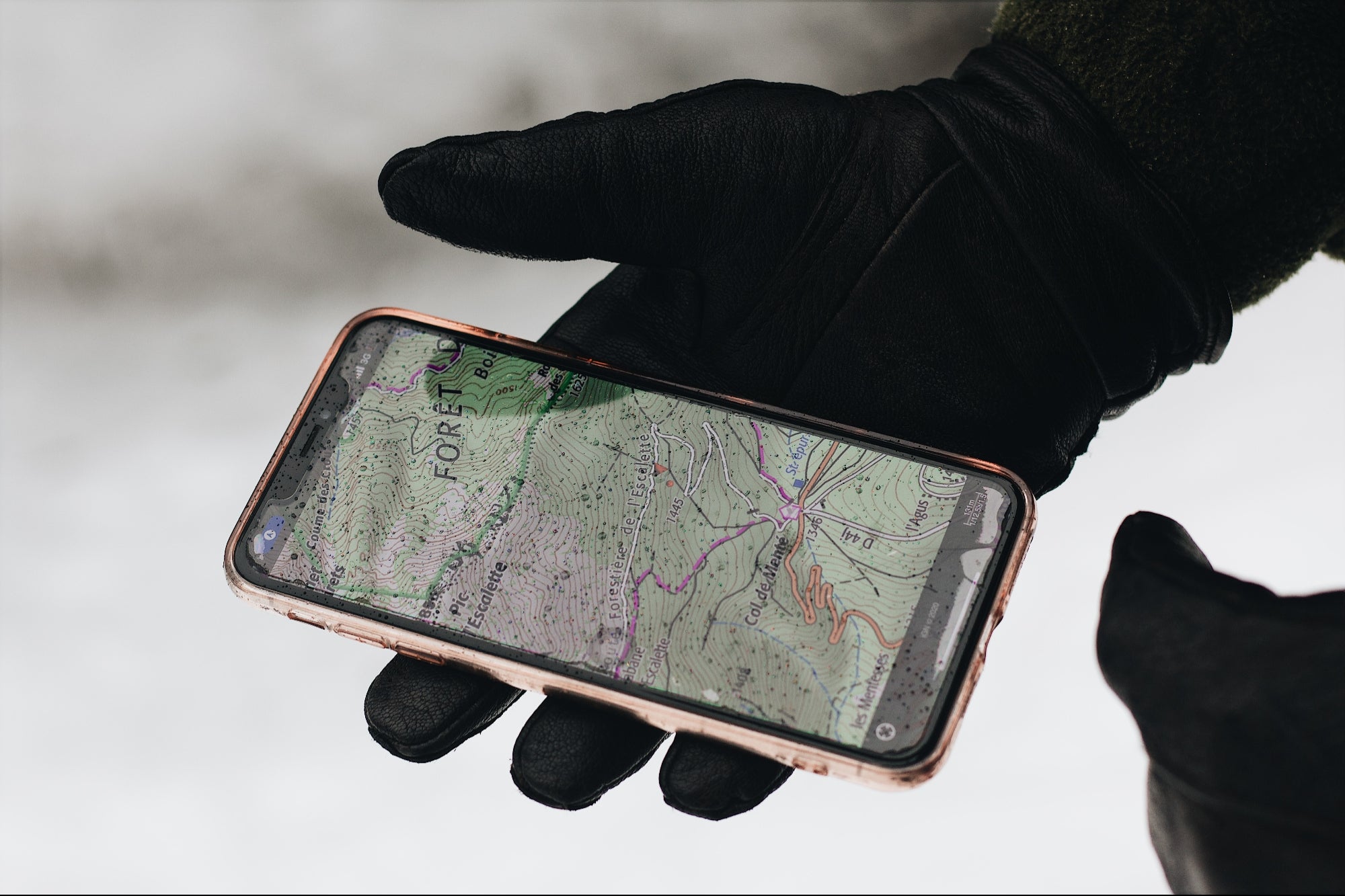Ads
Sleep plays a crucial role in adapting to new vacation destinations, aiding in the development of coherent mental maps of places and connecting weakly spatial neurons to place cells for improved navigation. On the first day of a vacation in a new city, experiences at various unique locations are instantly memorable, but it may take time to develop a full understanding of the city’s layout. A recent study conducted by MIT neuroscientists sheds light on how the brain creates cognitive maps of areas, highlighting the significance of sleep in this process.
For years, scientists have known that the brain uses neurons in the hippocampus to recall specific places, known as “place cells.” These cells activate consistently when an animal is in a particular location. However, having markers for individual places is not enough; a mental image of how these locations fit together in a broader geographic context is essential for effective navigation. The study, published in Cell Reports, suggests that subtle changes in the activity of weakly spatial cells during sleep play a crucial role in connecting various locations into a cognitive map.
Lead author Wei Guo, along with senior author Matthew Wilson, conducted experiments with mice to explore how the brain creates cognitive maps. Mice were exposed to mazes of different designs over several days, with no rewards given for exploration. By monitoring the activity of neurons in the hippocampus, the researchers discovered that weakly spatial cells play a role in linking different places together in a mental map. During sleep, these cells enhance neural network activity, contributing to the formation of a cohesive map of the entire space.
The findings suggest that the brain’s ability to create cognitive maps is a dynamic process that unfolds over time. While individual place cells represent specific locations, it is the coordinated activity of these cells that creates a comprehensive map of an area. The study demonstrates that during exploration and sleep, the brain undergoes substantial neural plastic changes at the ensemble level, even in the absence of reinforcement.
Sleep is a critical factor in this process, as mice that were allowed to sleep after exploring mazes showed a considerable refinement of their mental maps compared to those deprived of sleep. The network encoding of the maps improved, and individual cells became more attuned to both locations and patterns of network activity. Weakly spatial cells, despite not responding to specific locations, connect various places represented by place cells to form a mental map that guides navigation.
Ultimately, the cognitive maps created by the mice are not literal representations of the mazes but provide a cognitive topology that aids in spatial understanding. Weakly spatial cells may also overlay non-spatial information on these maps, adding meaning to the representation of a place. Although the study did not include landmarks in the mazes, future research may explore what type of information these cells absorb into animals’ understanding of their surroundings.
In conclusion, the study highlights the importance of sleep in the process of adapting to new environments and forming cognitive maps of areas. Understanding how the brain creates coherent mental maps can provide insights into human learning and intelligence, warranting further investigation into the role of weakly spatial cells in mapping. Sleep is essential for consolidating memories, refining cognitive maps, and processing information, emphasizing the importance of getting enough rest when exploring new vacation spots.







